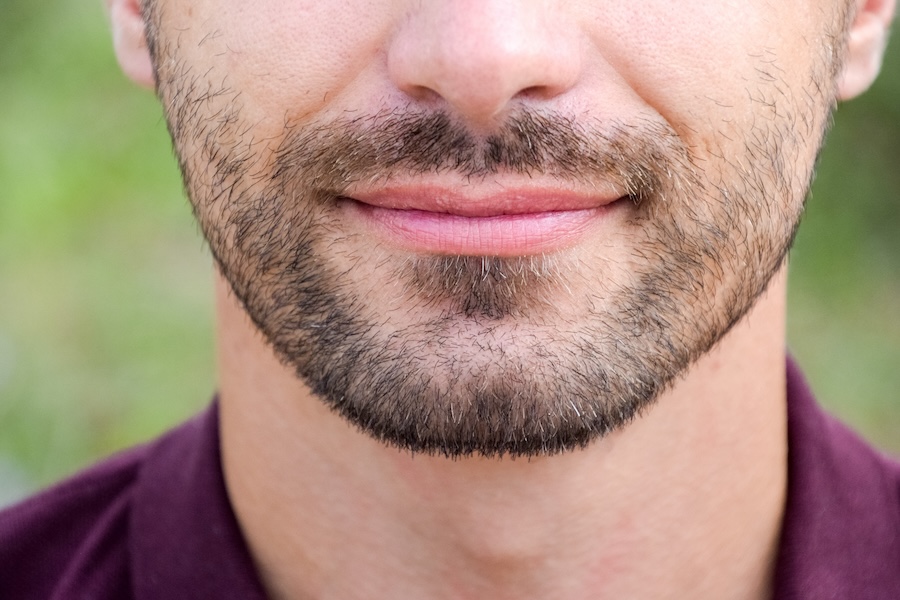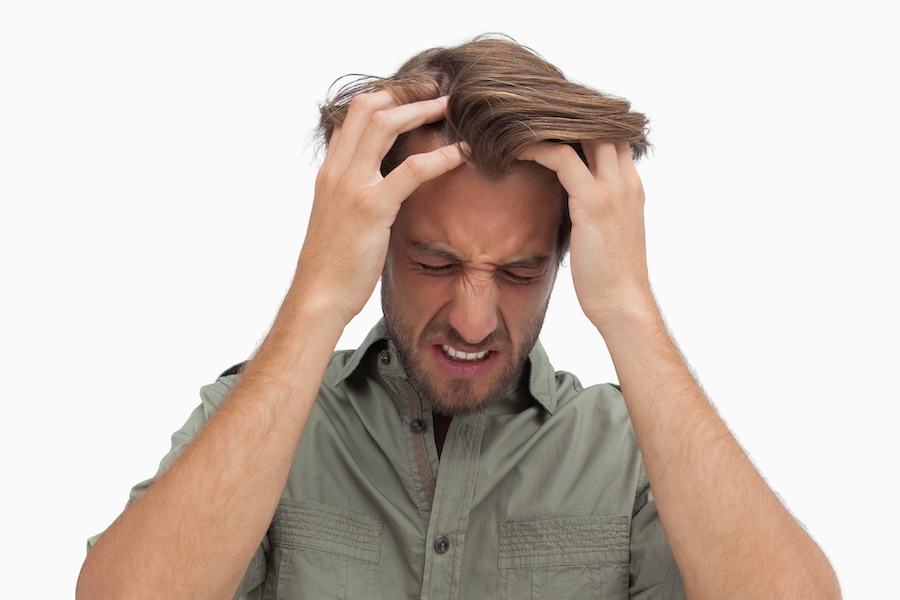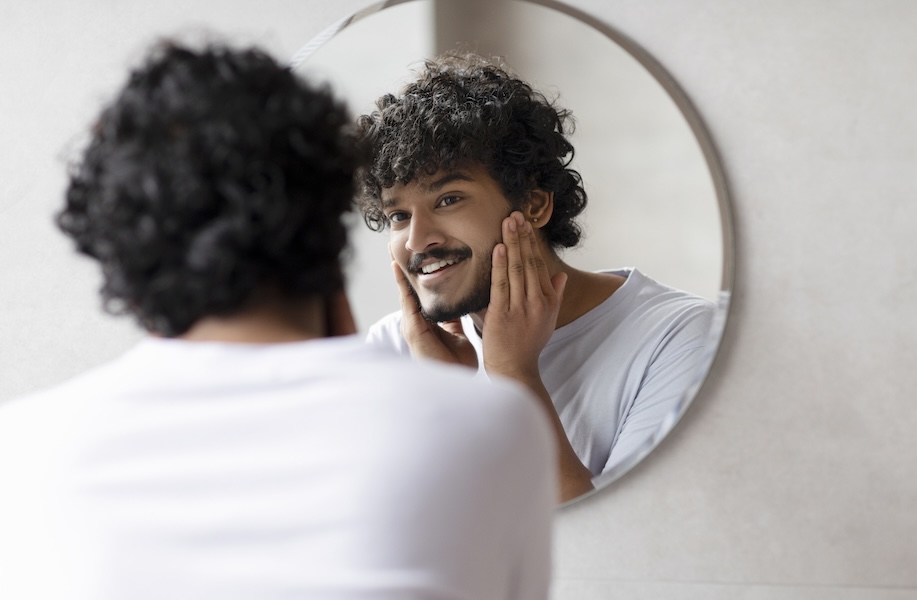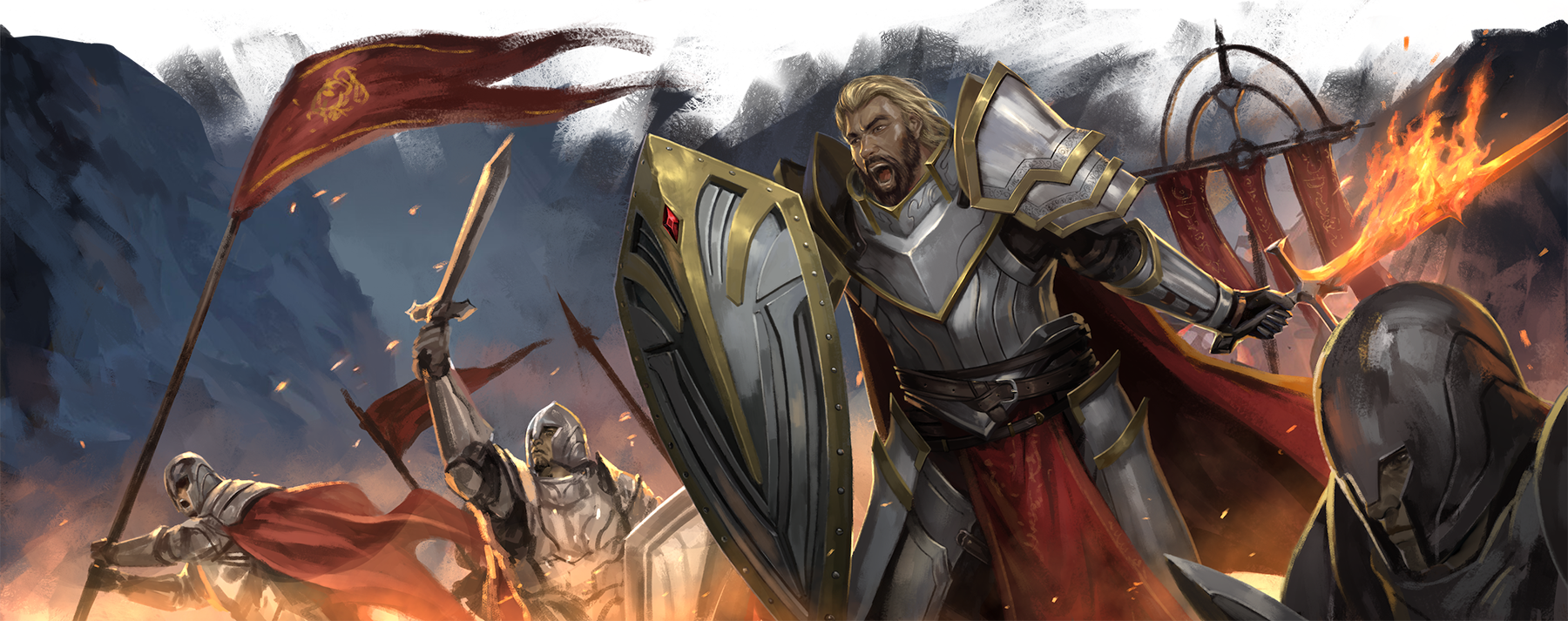How to Fill in a Patchy Beard (Even With Bald Spots)
 Medically Reviewed
Medically Reviewed
 Joe Nightingale, MBBS, MSc
Joe Nightingale, MBBS, MSc

Most guys don’t grow a perfect beard on the first try. You imagine a full, thick beard—but instead, you get weird bald spots on your cheeks, thin fuzz around the jaw, or random gaps that make your beard look more like a failed science experiment than a style statement.
Here’s the thing: a patchy beard doesn’t mean a bad beard.
It just means you’ve got to play smarter.
Patchy growth is more common than you think—and most of it comes down to genetics, hormones, age, or just plain time. Some guys grow full beards in their teens. Others don’t hit their stride until their 30s.
The good news? Even the patchiest beard can be transformed into something strong, sharp, and intentional—with the right routine, the right products, and the right expectations.
Let’s break it down.
What Causes Patchy Beard Growth?

A patch in your beard isn’t random. There’s usually a reason behind it—some you can fix, some you work around.
- Genetics. This is the big one. If your dad or uncles couldn’t grow thick beards, odds are you might have a thinner pattern too. That said, genes aren’t destiny—just a starting point.
- Hormones (Testosterone & DHT). Your beard depends on androgens, especially DHT (dihydrotestosterone). Low levels? Sparse growth. Good news? You can boost these naturally (we’ll get to that).
- Age. Still in your early 20s? Your beard might not be fully developed yet. Beard density improves with age—some men hit peak beard growth in their 30s.
- Stress, Sleep & Nutrition. Chronic stress, poor sleep, or a weak diet can all disrupt hormone levels and growth cycles. Your beard is part of your body—if your health’s off, your beard shows it.
- Alopecia Areata. If you’ve got clearly defined bald spots (often circular), it could be this autoimmune condition. You’ll want to speak with a dermatologist—there are treatments available.
Will My Beard Ever Fill In?

Here’s the truth: most patchy beards improve over time.
Not all. But most.
Beard hair grows in phases, and the coverage you’ve got now isn’t always the final version. Some guys see better density in their late 20s. Others get a second wind in their 30s as testosterone levels stabilise.
Even if your growth pattern stays the same, there are still ways to make your beard look fuller:
- Thicker hairs can develop in thin areas
- Gaps can become less obvious with proper styling
- Growth boosters and good habits can shift the odds in your favour
But don’t fall for snake oil. You’re not going from baby face to Viking overnight. The goal is progress, not perfection—to build a beard that works with your growth, not against it.
So, what actually works?
Fixing a Patchy Beard

What actually works? You don’t want to waste days or months trying so-called remedies that yield no results. You want to see a difference. These are the methods that actually move the needle:
Nail the Basics: Wash, Oil, and Brush
If your beard’s a flaky, wiry mess, it’s going to look worse than it is.
- Wash it 2–3 times a week with a proper beard cleanser
- Oil it daily to hydrate and soften coarse or scraggly areas
- Brush with a boar bristle brush to exfoliate, train the hairs, and fill in gaps visually
Clean, soft, and brushed hair always looks fuller than dry and frizzy hair.
Use a Derma Roller (Yes, Really)
A 0.5–1.0mm derma roller creates tiny punctures in the skin, triggering healing and blood flow. More circulation = more nutrients = stronger follicles.
Use it 2–3 times per week, followed by beard oil or a beard growth serum. Just don’t overdo it. You’re stimulating, not sanding hardwood.
Try Minoxidil (If You’re Serious)
This one’s controversial, but it works.
Minoxidil (the active ingredient in Rogaine) isn’t just for your scalp. It’s clinically proven to stimulate hair growth—including facial hair.
Apply it once or twice daily to patchy areas. Just know:
- It can cause dryness or irritation
- Results take 3–6 months
- You might shed a little at first
Also: it’s off-label for beards, so speak to a pharmacist or doctor before going all in.
Boost Growth from the Inside Out
Good beard growth needs fuel. And if your body’s running low on the good stuff, your beard pays the price.
Focus on:
- Protein-rich diet (your hair is mostly keratin)
- Zinc & Vitamin D (low levels = poor growth)
- Biotin (supports hair strength, especially in early stages)
- Sleep (poor recovery = poor growth)
- Lowering stress (cortisol kills your testosterone buzz)
If you're lifting weights and eating steak, you’re already ahead of the game.
Style Smarter
Stop trying to grow a full Viking beard if your cheeks won’t connect. It just draws attention to the gaps.
Instead:
- Keep it short and neat if your patches are obvious
- Try a goatee or Van Dyke if the chin is strong but the sides are weak
- Use a fade or taper into your patchiest areas
Think intentional, not accidental.
Beard Styles That Work With Bald Spots

Not every beard has to be full to look good.
Some of the most iconic beard styles in history work with the grain of patchy growth—accentuating what you’ve got and downplaying what you don’t.
Here are the best styles for uneven or bald-spot-prone beards:
The Goatee
If your chin grows thick but your cheeks struggle, the goatee is a no-brainer. Sharp, masculine, and easy to shape. You can connect it to your moustache or leave it disconnected for a modern twist.
The Short-Boxed Beard
Think of it as a minimal full beard. Shorter length helps reduce the contrast between thick and thin patches. Tidy cheek lines and a faded neckline can make your beard look intentional instead of sparse.
The Beardstache
If your moustache comes in strong but your cheeks lag behind, this is your sweet spot. Keep the ‘stache full and fade the beard short on the sides. It’s edgy, low-maintenance, and great for hiding patchy areas.
Faded Cheeks
This isn’t a style on its own, but it’s a trick that works. Instead of abruptly ending your beard at the patch, gradually taper it into the skin. This creates a cleaner transition and avoids drawing the eye to your weak spots.
Stubble + Strong Jawline
Some men suit stubble better than a full beard, and patchy stubble can look stylish if you line it up right. Keep cheek lines crisp, neckline tight, and let the jawline do the talking.
Common Mistakes to Avoid

Let’s keep it simple. If you’re trying to fix a patchy beard, don’t sabotage yourself.
Here are the mistakes that kill your progress:
- Constantly Shaving to “Restart”. Nope. Shaving doesn’t make your beard grow back thicker. It just resets your progress. Growth takes time—don’t hit the reset button every two weeks.
- Letting It Go Wild. Yes, growing a beard takes patience. But letting it turn into a wiry mess won’t help. Patchiness looks worse when the rest of your beard is dry, uneven, or flaring in every direction.
- Expecting Overnight Results. Most real gains take months. Whether you’re trying Minoxidil, using a derma roller, or just dialling in your nutrition, stick with it for at least 90 days before judging your results.
- Copying Beard Styles That Don’t Suit Your Growth. Trying to rock a thick cheek beard when your growth is all chin and ‘stache? That’s setting yourself up for frustration. Work with your strengths, not your Instagram saves.
- Overloading on Heavy Products. Too much balm or oil can clog your pores, especially if you’ve already got oily skin. Go light and clean.
When to See a Pro
If your beard suddenly develops clearly defined bald spots, especially in round or oval shapes, it could be alopecia areata: an autoimmune condition that causes targeted hair loss.
Other reasons to speak to a professional:
- Redness, itching, or flaking that doesn’t go away
- Rapid hair loss in areas that were previously full
- Inflamed or painful skin under the beard
A dermatologist or trichologist can help rule out underlying causes, recommend topical treatments, or offer prescriptions like finasteride or corticosteroids, depending on the issue.
But don’t worry—most patchy beard cases aren’t medical. They’re just part of your personal growth pattern.
Not sure how to find a good barber? Check out our guide to finding the perfect barber.
It’s a Journey, Not a Quick Fix

A patchy beard isn’t a dealbreaker. In fact, plenty of guys rock patchy or uneven beards and still look sharp, because they keep things clean, styled, and intentional. Your beard doesn’t need to be thick everywhere. It just needs to be yours.
So, here’s your move:
- Focus on growth boosters that actually work
- Style around your strengths
- Keep it groomed
- And give it time
Want to speed up the journey? Grab the tools that actually help. Beard Sorcery’s growth-focused lineup—beard oils, derma rollers, and wash kits—was built for beards like yours. Real products. Real results. Shop the Growth Range

No comments yet…